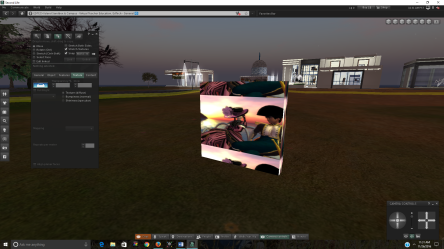I feel that I need to begin this blog with a disclaimer…I believe in the power of technology and the influence it can have in education. However, I am also a strong believer in that too much is not good for anyone. I have seen so many young kids lock themselves in their rooms with their technology and not come out to interact with the world. I think this can be detrimental to both the person and our society as a whole. I believe everything must be balanced.
I have to say, when Jeremy Bailenson talked about the statistic of children between the ages of 6 and 16 using digital media on average for 7 hours per day outside of school and that that has increased from 2005 to 2010 to 10 hours per day, I was shocked but also not really shocked. I was shocked because that is a LOT of time, especially when it is OUTSIDE of a school day which is about 7 hours of the day! I was not shocked however, because that is how our world is anymore. We are always connected and this includes our children. When it came to him sharing that of these hours, two of them are spent using an avatar, I was also shocked. That’s a lot of cumulative time spent being “someone else.” I understand the excitement and the fun of creating an avatar, and living in a virtual world like one, but I believe it should be in moderation, especially when it comes to children. With that being said, when using virtual worlds and avatars with my students, I believe it is imperative that I make the time spent in those worlds informative, educational, and worth-while, as they are already spending so much time in these worlds.
Tools like Avatar Kinect create a Transformed Social Interaction, because a person can in a way “filter” their words, behaviors, and actions to what they want people to see instead of what they might actually be. This could be a benefit for my students in that it would help them “think before they act.” Furthermore, when Jeremy Bailenson started talking about Augmented Gaze with TSI, it really spoke to me. I have always been huge on eye contact, and am really good at making it both when I’m speaking and when I’m listening. I truly believe that it helps the learner soak up more information and learn more when he or she is making good eye contact. Like Jeremy said, in a physical classroom, you can only make eye contact with one student at any given point, but in a virtual world using an avatar, you can make eye contact with every student 100% of the time if needed.
If what Jeremy stated about mimicry is true, that if someone is mimicking them they will look at them more, listen to them better, learn better, trust them more, and believe they are more creditable, then yes, I believe that there is educational value for avatar mimicry. When a student trusts their teacher and believes he or she is credible, they tend to take him or her more seriously and actually WANT to learn from him or her. Again, I believe that eye contact is important in education and if someone is mimicking someone and is therefore making more eye contact and listening better, then they should in turn be learning more.
After watching this speech by Dr. Bailenson, and relating it to the education of my students, I believe that virtual worlds can play a large part in their education and be very successful. However, I strongly believe that it should be in moderation and be balanced with other means of learning. The more and more I learn about virtual worlds and using avatars to navigate those virtual worlds, I get really excited about how to use this with my students, but I have to remember to balance it out with other means of learning.
